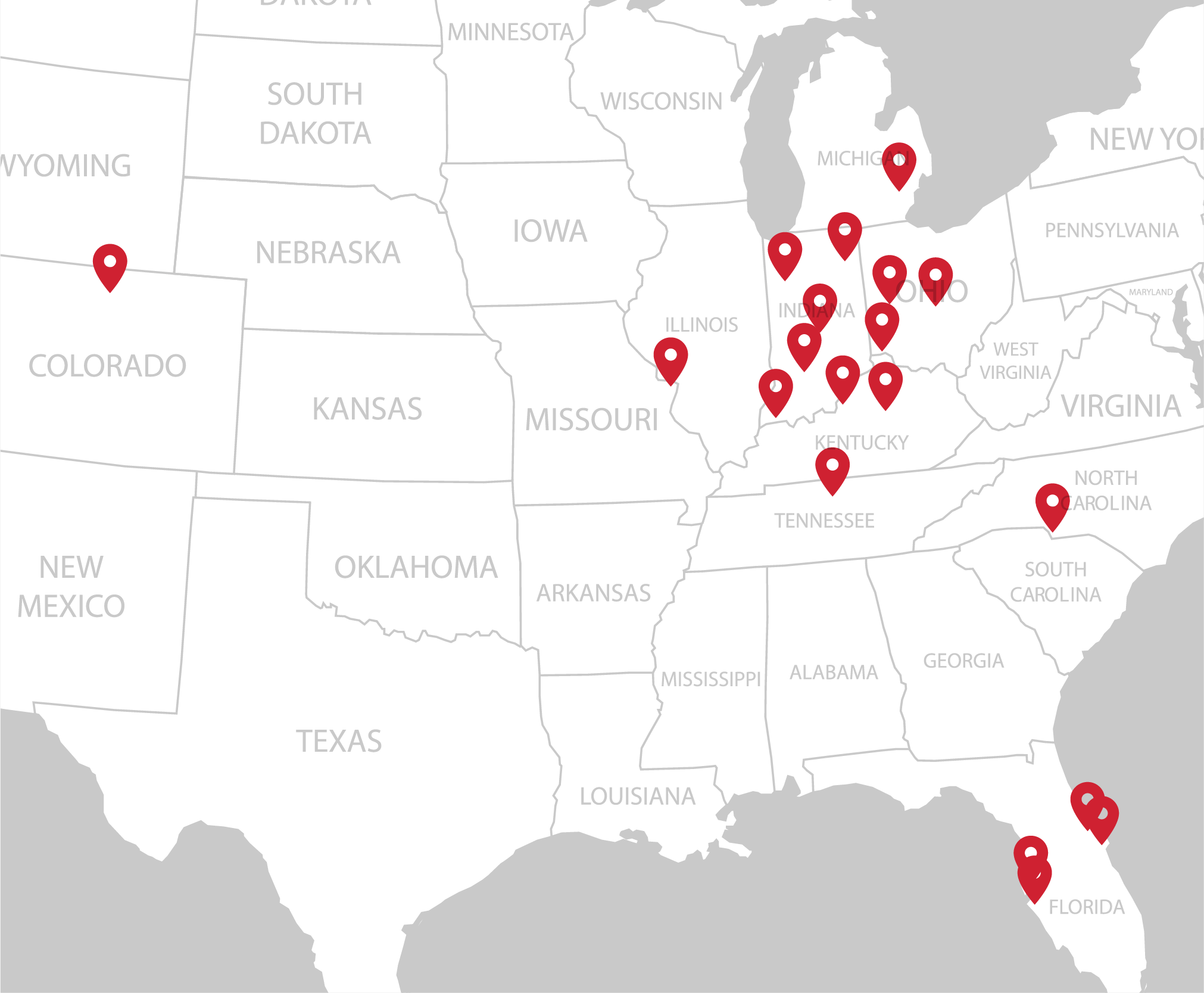Getting stuck with an emergency roof repair job in the middle of winter is, at best, greatly inconvenient, and at worst, severely problematic. Aside from the occasional hail storm and heavy snowfall, the most common roofing issues that plague Midwest homeowners is caused by improper or inadequate ventilation in their roofing systems.
Ventilation allows your roof to “breathe.” This is an often overlooked but still extremely important aspect of roof maintenance. Let our experienced roofers at Bone Dry Roofing explain the reasons ventilating your attic and your roof can save you a lot of headaches this winter.
The No. 1 Enemy
You don’t have to be a professional roofing contractor to know that moisture is the number one enemy of almost all roofing systems. Moisture can promote the growth of mold and mildew, soften the wooden support structures that hold up your roof, and make your interiors feel hot and stuffy even when it’s not. The worst part about moisture is how common it is to generate. Firing up your heating system this winter is enough to raise the humidity levels of your home.
What Happens to a Poorly Ventilated Roof?
Hot air naturally rises and when it does, it brings water vapor along with it. Often, the hot and humid air ends up in your attic. As soon as this air comes into contact with the cool underside of your roof, it condenses into liquid water. Over time, this condensation can reach levels that are just as worse as if you’ve had a leak in your roof.
How Does Ventilation Help?
By installing soffit and ridge vents during your roof replacement, you are also giving the hot and humid air a way out of your roof. The effects can be hard to notice but are definitely essential in protecting your roof against moisture-related damage.
At Bone Dry Roofing, we can help you keep your roof well ventilated this season. Call 877-BONE-DRY or fill out our contact form to schedule an appointment.










